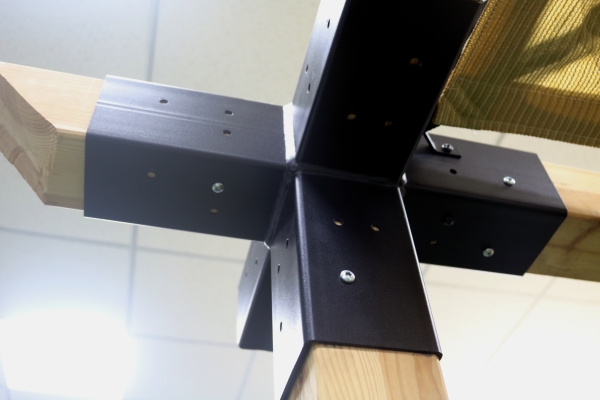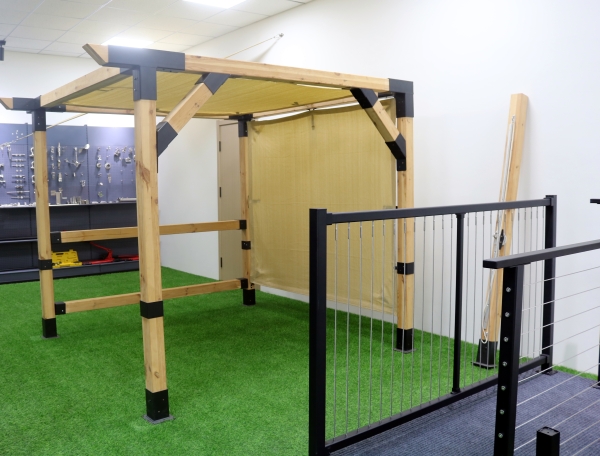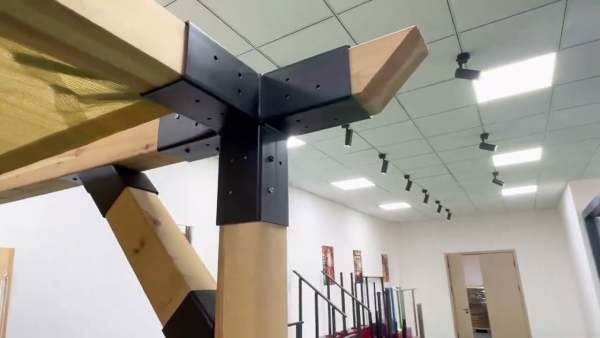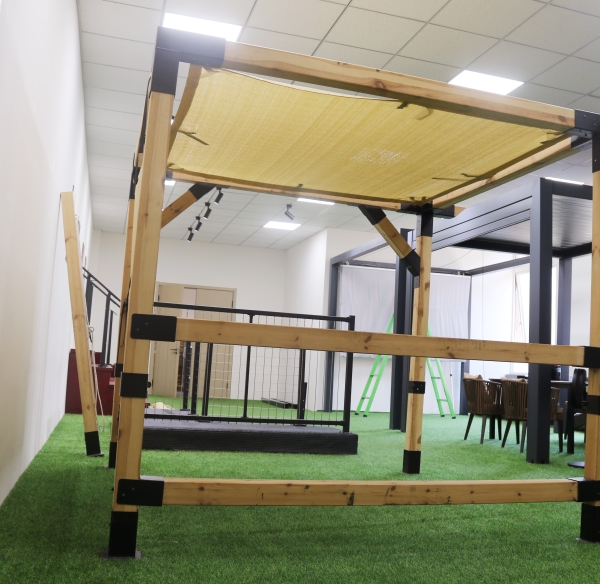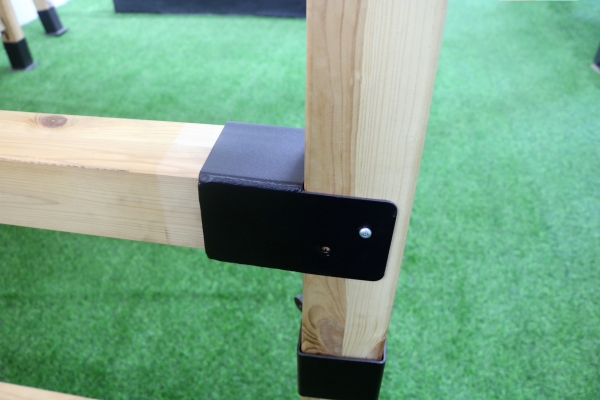Table of Contents
Benefits of Using Stainless Steel Jaw and Jaw Swivels in Marine Applications
Stainless steel jaw and jaw swivels are essential components in marine applications due to their durability, strength, and corrosion resistance. These swivels are designed to allow for smooth rotation and articulation, making them ideal for use in rigging, lifting, and towing operations. In this article, we will explore the key features and uses of stainless steel jaw and jaw swivels in marine applications.
One of the primary advantages of stainless steel jaw and jaw swivels is their high strength-to-weight ratio. Stainless steel is known for its exceptional strength and durability, making it an ideal material for marine applications where heavy loads and harsh environmental conditions are common. The jaw and jaw design of these swivels allows for easy attachment to various rigging components, providing a secure connection that can withstand high levels of tension and stress.
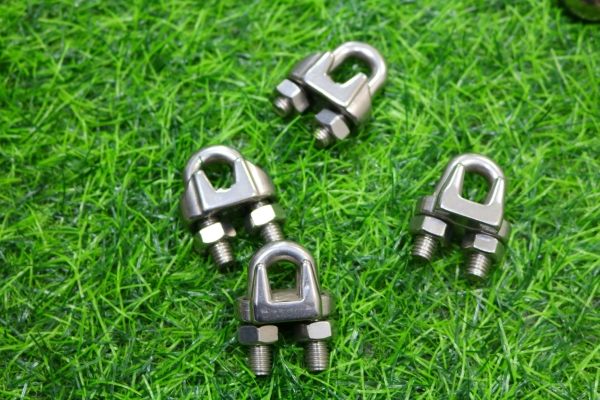
In addition to their strength, stainless steel jaw and jaw swivels are also highly resistant to corrosion. The marine environment is notoriously harsh, with saltwater, moisture, and exposure to the elements posing significant challenges to equipment and hardware. Stainless steel is inherently resistant to rust and corrosion, making it an excellent choice for marine applications where longevity and reliability are essential.
Another key feature of stainless steel jaw and jaw swivels is their smooth rotation and articulation. These swivels are designed to allow for 360-degree rotation, making them ideal for applications where flexibility and maneuverability are required. Whether used in rigging systems, lifting operations, or towing applications, stainless steel jaw and jaw swivels provide a reliable and efficient means of connecting and articulating various components.
Stainless steel jaw and jaw swivels are commonly used in a wide range of marine applications, including sailboat rigging, dock and mooring systems, and commercial fishing operations. In sailboat rigging, these swivels are used to connect standing rigging components such as shrouds and stays, allowing for smooth articulation and adjustment as needed. In dock and mooring systems, stainless steel jaw and jaw swivels are used to secure boats and vessels to docks and buoys, providing a secure and reliable connection that can withstand the forces of wind, waves, and currents.
Commercial fishing operations also rely on stainless steel jaw and jaw swivels for a variety of applications, including trawling, netting, and longlining. These swivels are used to connect fishing gear and equipment, allowing for smooth rotation and movement as fish are caught and hauled aboard. The strength and durability of stainless steel make it an ideal material for these demanding applications, ensuring that the swivels can withstand the rigors of commercial fishing operations.
In conclusion, stainless steel jaw and jaw swivels are essential components in marine applications due to their durability, strength, and corrosion resistance. These swivels provide a reliable and efficient means of connecting and articulating various components, making them ideal for use in rigging, lifting, and towing operations. Whether used in sailboat rigging, dock and mooring systems, or commercial fishing operations, stainless steel jaw and jaw swivels offer a high level of performance and reliability that is essential in the demanding marine environment.
How to Properly Maintain and Inspect Stainless Steel Jaw and Jaw Swivels for Longevity
Stainless steel jaw and jaw swivels are essential components in various industries, including marine, construction, and rigging. These swivels are designed to provide a high degree of flexibility and rotation, making them ideal for applications where movement is required. In this article, we will discuss the key features and uses of stainless steel jaw and jaw swivels, as well as how to properly maintain and inspect them for longevity.
Stainless steel jaw and jaw swivels are made from high-quality stainless steel, which offers excellent corrosion resistance and durability. This makes them suitable for use in harsh environments, such as marine or industrial settings, where exposure to moisture and chemicals is common. The swivels are designed with a jaw at each end, allowing for easy attachment to various components, such as ropes, chains, or cables.
One of the key features of stainless steel jaw and jaw swivels is their ability to rotate freely, allowing for smooth movement and reduced friction. This is essential in applications where flexibility and maneuverability are required, such as in rigging or lifting operations. The swivels are also designed to handle heavy loads, making them suitable for use in demanding applications.
Stainless steel jaw and jaw swivels have a wide range of uses across different industries. In the marine industry, they are commonly used for rigging and mooring applications, where they provide a secure connection between various components. In construction, these swivels are used for lifting and hoisting operations, where they help to distribute the load evenly and prevent twisting or tangling of ropes or cables.
Proper maintenance and inspection of stainless steel jaw and jaw swivels are essential to ensure their longevity and safe operation. Regular inspection of the swivels should be conducted to check for any signs of wear or damage, such as cracks, corrosion, or deformation. Any damaged swivels should be replaced immediately to prevent accidents or failures during operation.
In addition to regular inspection, proper maintenance of stainless steel jaw and jaw swivels involves keeping them clean and lubricated. Cleaning the swivels with a mild detergent and water can help to remove dirt and debris that may cause friction or wear. Lubricating the swivels with a high-quality lubricant can help to reduce friction and prolong their lifespan.
When using stainless steel jaw and jaw swivels, it is important to follow the manufacturer’s guidelines and recommendations for safe operation. This includes ensuring that the swivels are properly attached and secured to the components, and that they are not overloaded beyond their rated capacity. It is also important to avoid sudden or jerky movements that may cause stress or damage to the swivels.
In conclusion, stainless steel jaw and jaw swivels are versatile components that are widely used in various industries for their flexibility, durability, and load-bearing capacity. Proper maintenance and inspection of these swivels are essential to ensure their longevity and safe operation. By following the guidelines outlined in this article, users can maximize the performance and lifespan of their stainless steel jaw and jaw swivels.

